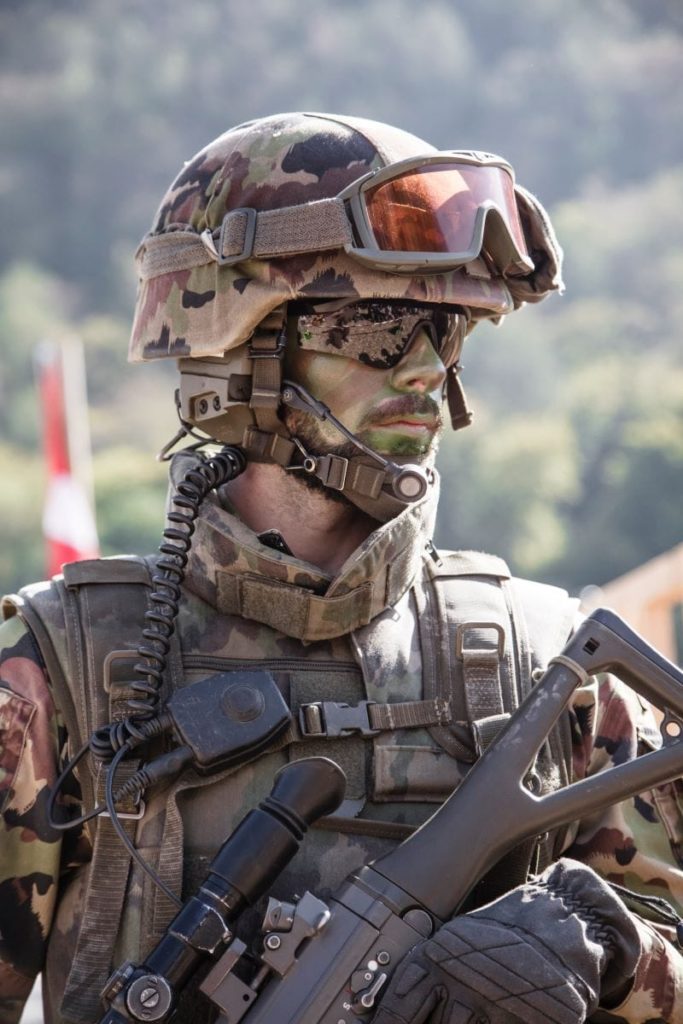
How does hard armor plates work?
Bulletproof vests are either padded with soft body armor or hard body armor. When it comes to stopping high caliber rounds, hard body armor remains that top choice for most departments. Hard body armor uses layers of firm, durable materials, such as steel, ceramics, ceramic composites, polyethylene, bullet-resistant fibers, and occasionally, materials like Kevlar. The bulletproof vest often comes with a carrier that is typically made from fabrics such as nylon.
Although manufacturers have put a lot of effort into making hard armor plates as lightweight as possible, the amount of protection they offer requires that they weigh more than soft armor inserts. In short, the plates resist high-powered rifle ammunition, which necessitates using heavier, sturdier materials.
How effective is a hard armor bulletproof vest against knife attack?
I should state that not all bulletproof vests are stab resistant. The National Institute of Justice determines whether a bulletproof vest has been rated for stab or slash attack. Not all kinds of bulletproof or hard armor plates are rated for this. While different these types of armor are designed to keep something from passing through and harming the body, how they do so are different.
A stab resistant bulletproof vest has been essentially designed to catch the weapon as it strikes, rather than dispersing its energy. The edged weapon being used is caught inside several layers of solid material before it can cut. At the same time, the metal element of the armor damages the blade itself, further lowering its efficiency. Simply put, while the weapon, in this case, may penetrate the vest’s material, it also nestles there, preventing harm to the wearer.
But not all bulletproof are designed to do this. In fact, there are some that can stop a bullet round but can stop a pocketknife.
You can read all the rest of our blog posts here.
Check out the rest of our blog posts here.